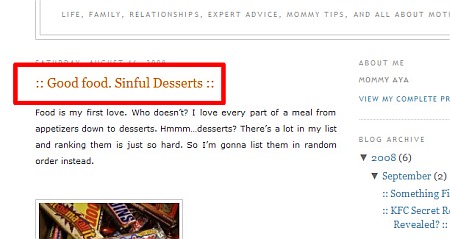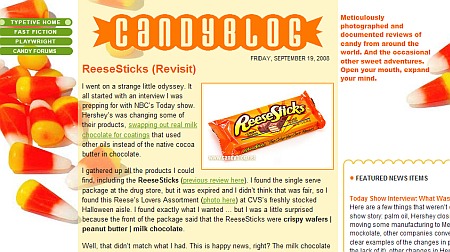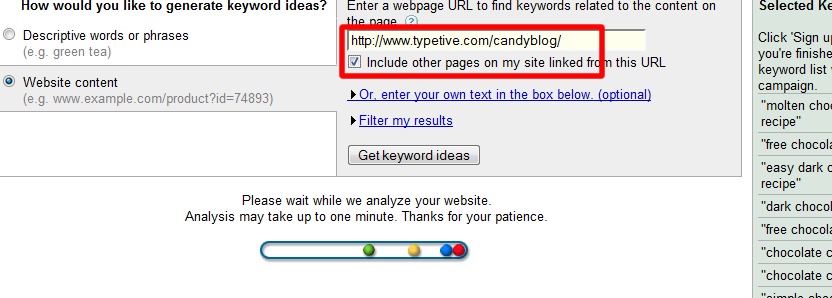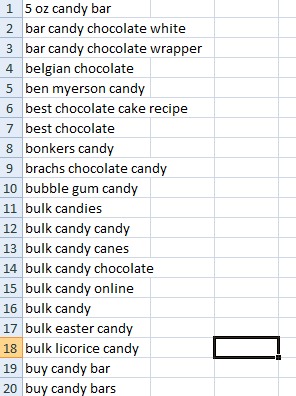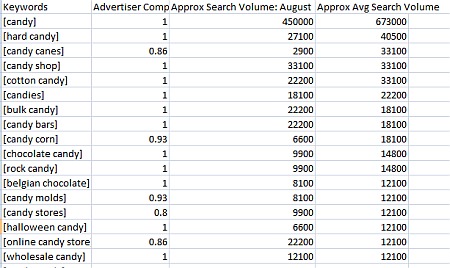Since social sites are congregation points for hundreds of millions of users, finding out what they’re thinking en masse lends useful stemming (creative discovery of synonyms) insight to traditional keyword research.
Hot topics define each community, each with idiosyncratic tools to measure chatter patterns and reveal content which has gone hot by consensus. This provides tremendous insight into the marketplace to support various marketing objectives.
The timeless premise of “search,” as opposed to “interrupt” marketing, is an advertiser’s ability to respond directly to those requesting information with the “answer.” We research customers’ search patterns and practice lateral stemming thesaurus-think.
“Caterer” become “Catering,” begets “Food Service,” then “Wedding Panning” and on to “Bar Mitzvah Cake.” Once relevant clusters are identified, SEMs market to paid and organic search results. This is not earth shaking news to most.
Buzz pocket mining is about harvesting “community recommended” authority-content to scrape for semantic insight, list-build by keyword research tools and extrapolate by other lateral stemming processes. BPM also provides a lovely side benefit in that, during the process, it’s easy to identify and note each community’s influencers and authority users for networking and conversational marketing later.
Transient social chatter spikes and popular bookmarking trends are useful measurements of individual and “average” community conversations Buzz pocket mining is about “advising” keyword research by each social site’s topical interests. For instance, here’s Facebook’s Lexicon tool measuring transient Facebook spikes of interest in presidential candidates.
Buzz Pocket Mining: A Hypothetical Assignment
As with any research process, there are infinite creative applications for combining tools and methods. The following step-by-step is not “the” technique, rather one of many roads to to go down in the pursuit of lateral stemming glory.
Let’s say we’ve been retained by a large candy and baking supply ecommerce site, committed to building a blog. Our fictional client (Duluth Candy & Baking) knows they need to leverage the power of recurrent content to engage users and bolster SEO. They’re creating a feed, building out content and plan subsequent promotion in social channels.
You know the drill. The client is hiring writers, installing WordPress, defining avatars, etc..It’s a big investment and everyone wants to get it right. But first there are practical questions, since the goal is to truly serve the site’s user base, they’ve asked us research what topics customers might be interested in. Let’s assume we’ve been hired to provide recommendations for feed categories, posts and help determine what topics (in what communities) might have viral proclivity.
StumbleUpon Buzz Pocket Mining
Let’s use StumbleUpon. Though eBay owned SU boasts less than 7 million users (paltry compared to Facebook, MySpace, and others), it’s a fairly mature crowd, robust, big enough, legendary for sending traffic and probably a good representation of our demographic. We also use LinkedIn, Digg, and dozens of smaller niche’ communities, depending on the assignment.
The StumbleUpon tag cloud represents categories of community interest. We note that chocolate is a subject dear to SU users. It’s not the most important, as indicated by the size and boldness of the tag cloud’s fonts, but significant nonetheless in recently SU hot tags.
Clicking on the “chocolate” tag brings you to a list of SU users who are into chocolate, as expressed by repeated tagging of chocolate content.
Then, you’ll note a list of websites brought forward by such users.
Then we choose a website about sinful desserts. We want to learn more about this blog post, which became hot in StumbleUpon for the tag chocolate. Multiple SU users needed to thumbs-up or review this site for it to show here, so we know community members like it.
Welcome to socially moderated search, where community support defines search results, distributed on popular tags.
Now it’s time to visit the newly discovered dessert content. We plan on using Google’s keyword tool to scrape the post for contextual insight, to learn exactly what keyword clusters comprise this hot chocolate content.
Google’s AdWords Keyword Tool is great for this, and it’s totally free. Choosing “website content” means that you can enter a URL to find keywords related to the content on the page. Note that we’re not including other pages on the site, linked from this URL. For the moment, we only want to crawl for keyword clusters on this single page.
The keywords mined from a limited set of page SEO attributes (Title Tag, on page text, etc…) are grouped at the top. We changed the results to phrase match, as opposed to the broad match default.
Essentially we’re enjoying keyword suggestions from Google’s search “inventory,” contextually related to the page we scraped. You can add them all to the basket on the right or cherry pick keywords that might be of interest to our client’s readers. “Simple chocolate cake recipes” and “dark chocolate cake recipe” seem like good bets.
Carry on and build your keyword list from this page we discovered in StumbleUpon. It’s scrape and bake time.
OK, now that we have the list started, let’s go back to SU to find another site to analyze from the SU buzz pocket. We found this PR5 candy blog, and it sure looks sweet to us.
After looking through the site for a while, I think this is a great example of what my fictional client’s readers might be into. There are a number of pages, at first look, that might yield semantic insight regarding the dessert keyword universe.
So, let’s hit the site with a deeper crawl. Go back to Google keyword tool and check the box “include other pages on my site linked from this URL.
Awesome, the tool is still set for phrase match from the last site we evaluated, so there’s no need to switch. Continue building the list. Fill that bucket on the right up with sweets, just like Halloween.
Rinse and repeat. Find as many relevant sites, as recommended by StumbleUpon readers, as you can. The bucket you’re filling on the right has become a keyword list, sorted by “weight” according to Google’s search log data. It’s easy to see what keywords, as advised by SU, might work for our new confectioners blog. Giddy up! You’re buzz pocket mining now.
Export Time
On export, Google keyword tool actually provides search data for the last month or an average month. However, one more step needs to be undertaken in order to mine all the data you see. (When we spoke together on the “Advanced Keyword Research” Panel @ SMX East, Ariel Bardin indicated that this step won’t be needed in the future. For now it is.)
If you export from the lower right…
That’s correct, right down here…
The tool only generates a non-weighted list, in whatever order keywords were added to your bucket.
The work-around is to copy that unweighted list from the .csv, paste it back into the main keyword tool, choose “descriptive words or phrases,” don’t use synonyms and set the match type to exact.
Then export from the main window, instead of the keyword basket.
Now we’ve got the list squared away to share with our client. We just exported a weighted .csv keyword list aggregated from multiple sources, advised by buzz pockets.
Not Your Mother’s Thesaurus
Obviously the mojo of Web 1.0 keyword research is creativity, as applied to the classic thesaurus function. Still, there’s nothing in a thesaurus to help us get from “recording school” to “Pro Tools training.” Mining buzz pockets in social communities means taking content suggestions from the wisdom of the mob to discover related keywords.
An interesting side effect of buzz pocket mining is how natural it is to market content, created by such methods, in the original communities that inspired. For instance, we’ve already identified a handful of SU chocolate authority users, a natural starting point for friendship, which could lead to a viral effect in SU should these users”discover” our new dessert blog.
There are many benifits to advising keyword research by the activities of many in social communities. I invite you to look at this post as a starting point to create processes to advise your keyword research by the conversations of many. Combine tools, invent new processes and and pioneer new methods for latteral stemming.








